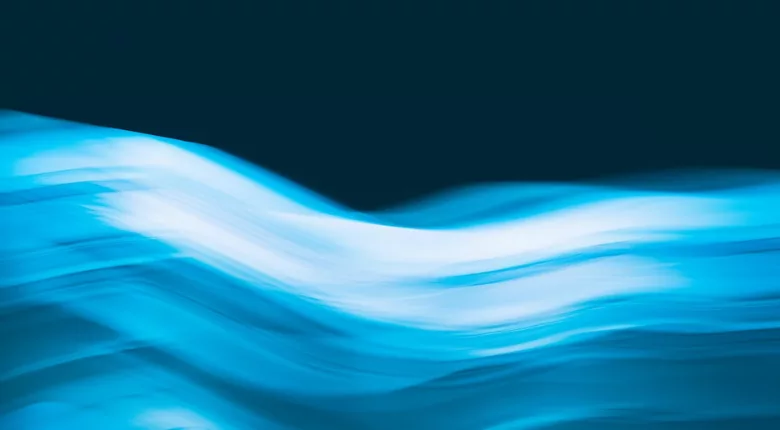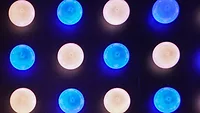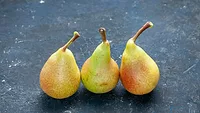Study Shows Potential of Antimicrobial Blue Light for Listeria Inactivation in Food Processing Plants

Image credit: Marcel Strauß via Unsplash
A recent study published in Applied and Environmental Microbiology has demonstrated the efficacy of antimicrobial blue light technology in the inactivation of both dried cells and biofilms of Listeria monocytogenes. The pathogen was inactivated most rapidly when placed on polystyrene, a widely used type of plastic.
To assess the performance of blue light against L. monocytogenes, the researchers deposited liquid suspensions of mixtures of five strains of the pathogen (one human isolate, one sheep isolate, two coleslaw isolates, and one isolate from a cantaloupe outbreak) on sterile plates made of different materials commonly used in food production environments, specifically: polystyrene, stainless steel, polyvinyl chloride (PVC), silicone rubber, and high-density polyethylene (HDPE). The pathogen cells were allowed to dry on the plates. The researchers also used similar plates to grow biofilms, which they also allowed to dry.
The inoculated plates were subjected to blue light treatment at three different wavelengths, with gallic acid as a photosensitizing (PS) agent. Within 16 hours of exposure at 405 nanometers (nm) wavelength, viable L. monocytogenes dried cells and biofilms were reduced by approximately 3 log colony forming units per square centimeter (CFU/cm2) with doses of 2,672 joules (J)/cm2. Application of PS resulted in an additional 1 log CFU/cm2 at 668 J/cm2, but its effect was not consistent. The highest dose of 960 J/cm2 at 420 nm reduced viable counts on the biofilms by 1.9 log CFU/cm2. At 460 nm, after 800 J/cm2, biofilm counts were reduced by 1.6 log CFU/cm2.
Regarding the effect of the material composition of the plates on L. monocytogenes viability, the largest reduction (4.0 log CFU/cm2) was seen after irradiation at 405 nm (668 J/cm2) on polystyrene, followed by HDPE (3.5 log CFU/cm2). Increasing the dose to 4,008 J/cm2 from 405 nm (at 24 hours) improved its efficacy only on stainless steel and polyvinyl chloride.
A decrease in biofilm biomass was observed due to the removal of biofilm portions from the plates, as well as a shift from live to dead cells, suggesting damage to biofilm cell membranes. The results suggest that antimicrobial blue light is a potential intervention to treat L. monocytogenes contamination on typical material surfaces used in food production.
The research was funded by the Center for Produce Safety and the Texas International Produce Association.
Looking for quick answers on food safety topics?
Try Ask FSM, our new smart AI search tool.
Ask FSM →









